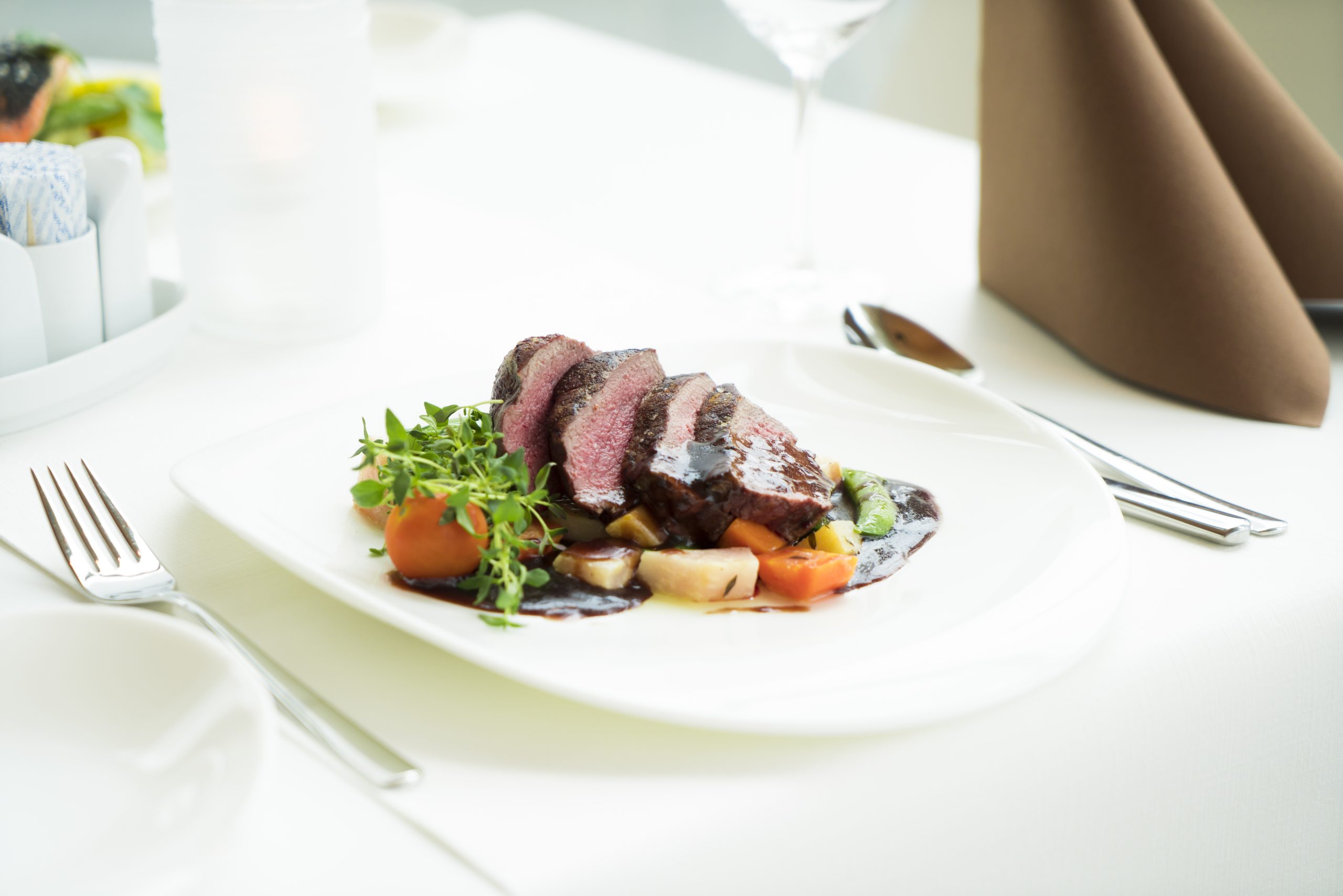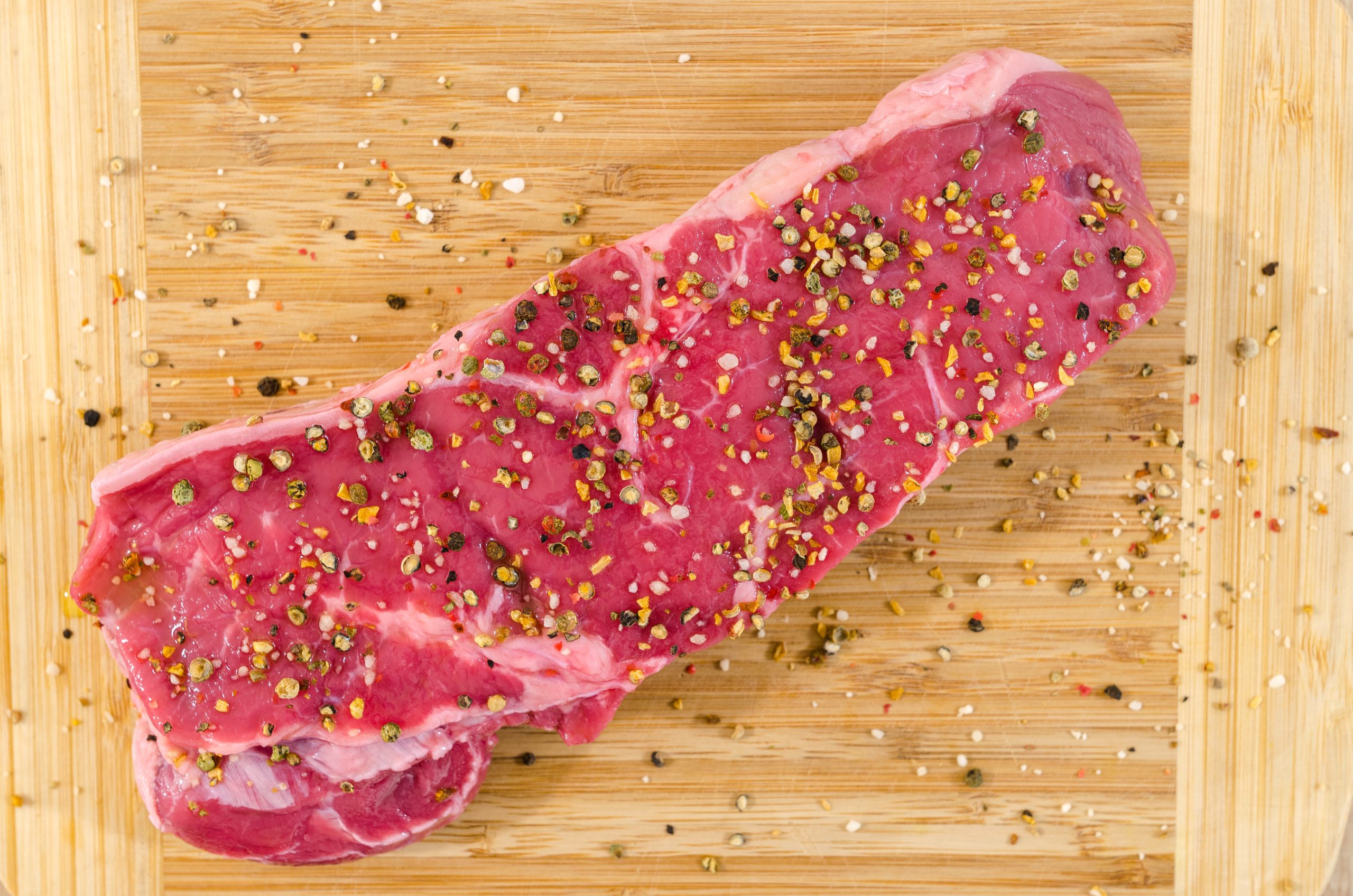When it comes to choosing a steak, one of the most common dilemmas is whether to go for rump or sirloin. Both cuts have their own unique characteristics and flavors, making it a tough decision for steak lovers. In this article, we will explore the differences between rump and sirloin steak to help you make an informed choice.
The Rump Steak


The rump steak is known for its rich flavor and tenderness. It comes from the hindquarters of the cow, which makes it slightly tougher than other cuts. However, with proper cooking techniques, you can enjoy a juicy and flavorful rump steak.
One of the key features of rump steak is its marbling. Marbling refers to the fat content within the muscle fibers, which adds flavor and juiciness to the meat. Rump steaks typically have moderate marbling compared to other cuts like ribeye or T-bone.
Tip: To enhance the tenderness of rump steak, marinate it before cooking. This will help break down any tough connective tissues and infuse additional flavors into the meat.
The Sirloin Steak


Sirloin steak is often considered one of the most popular cuts due to its tenderness and versatility in cooking. It comes from the back of the cow, near the loin area. Sirloin steaks are known for their excellent texture and well-balanced flavors.
Compared to rump steak, sirloin has a higher level of marbling, which gives it a more buttery and melt-in-your-mouth experience. The fat content also contributes to juiciness and enhances the overall taste.
Note: If you prefer leaner cuts with minimal fat content, the sirloin might be a better choice for you.
Choosing Between Rump and Sirloin


When deciding between rump and sirloin steak, it ultimately comes down to personal preference. Here are some factors to consider:
- Flavor: Rump steak offers a rich and beefy flavor, while sirloin steak has a more delicate and buttery taste.
- Tenderness: Sirloin steak is generally more tender than rump steak due to its higher fat content.
- Cooking Methods: Both cuts can be cooked using various methods such as grilling, pan-searing, or broiling. However, rump steak might require longer cooking times to achieve desired tenderness.
Cooking Tips
To make the most of your rump or sirloin steak, here are some cooking tips:
- Seasoning: Before cooking, season your steak generously with salt and pepper to enhance the flavors.
- Resting Time: Allow the cooked steak to rest for a few minutes before slicing. This helps retain the juices and ensures a juicy and tender result.
- Slicing: To maximize tenderness, slice the steak against the grain. This shortens the muscle fibers and makes each bite more enjoyable.
In conclusion, both rump and sirloin steaks have their own unique qualities that make them worth trying. Whether you prefer bold flavors or a leaner option, both cuts offer delicious dining experiences. Experiment with different cooking methods and seasonings to find your favorite!